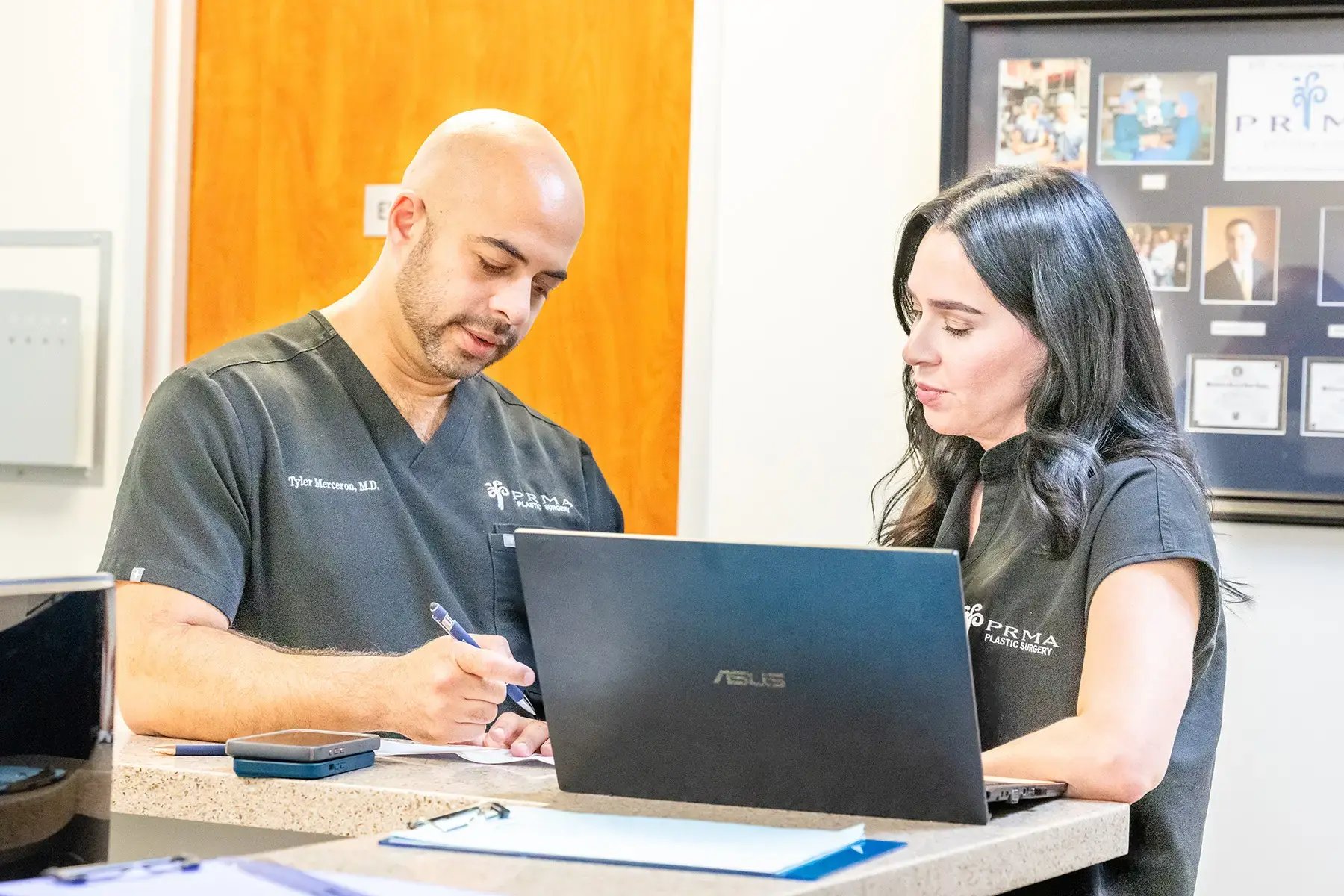
10 Million+
80 - 90%
< 2%
Why People Seek Lymphedema Treatment at PRMA

Swelling

Heaviness or Aching

Recurring Infections
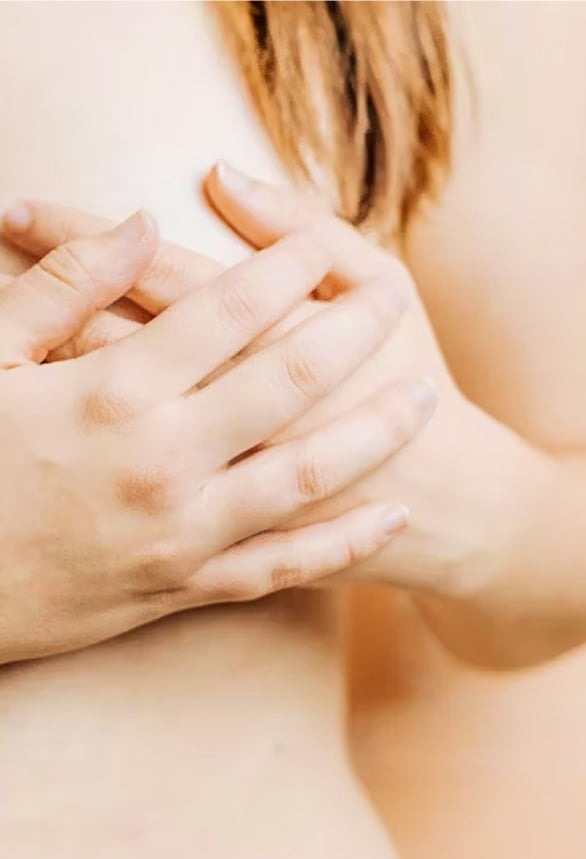
Reduced Mobility
What Life After Lymphedema Can Look Like

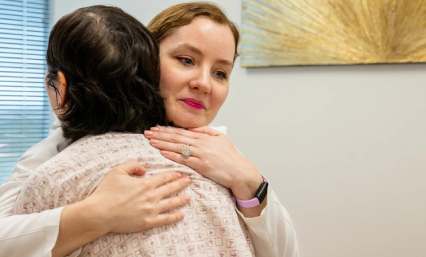
"I came all the way from California to see Dr. Gassman. He and his team are all amazing. He was very thorough on my options and gave me his opinion on the best route to go. I am still under care with him and will have another minor procedure in the future. He has the best bedside manner and is super easy to talk to. Thanks to the whole team for taking care of me!"
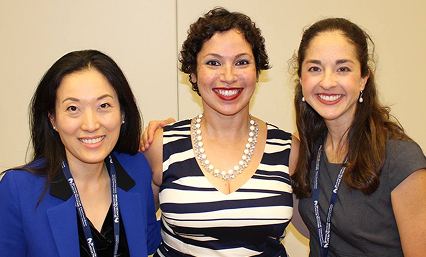
For Long-Term Comfort

Lymphovenous Anastomosis (LVA)
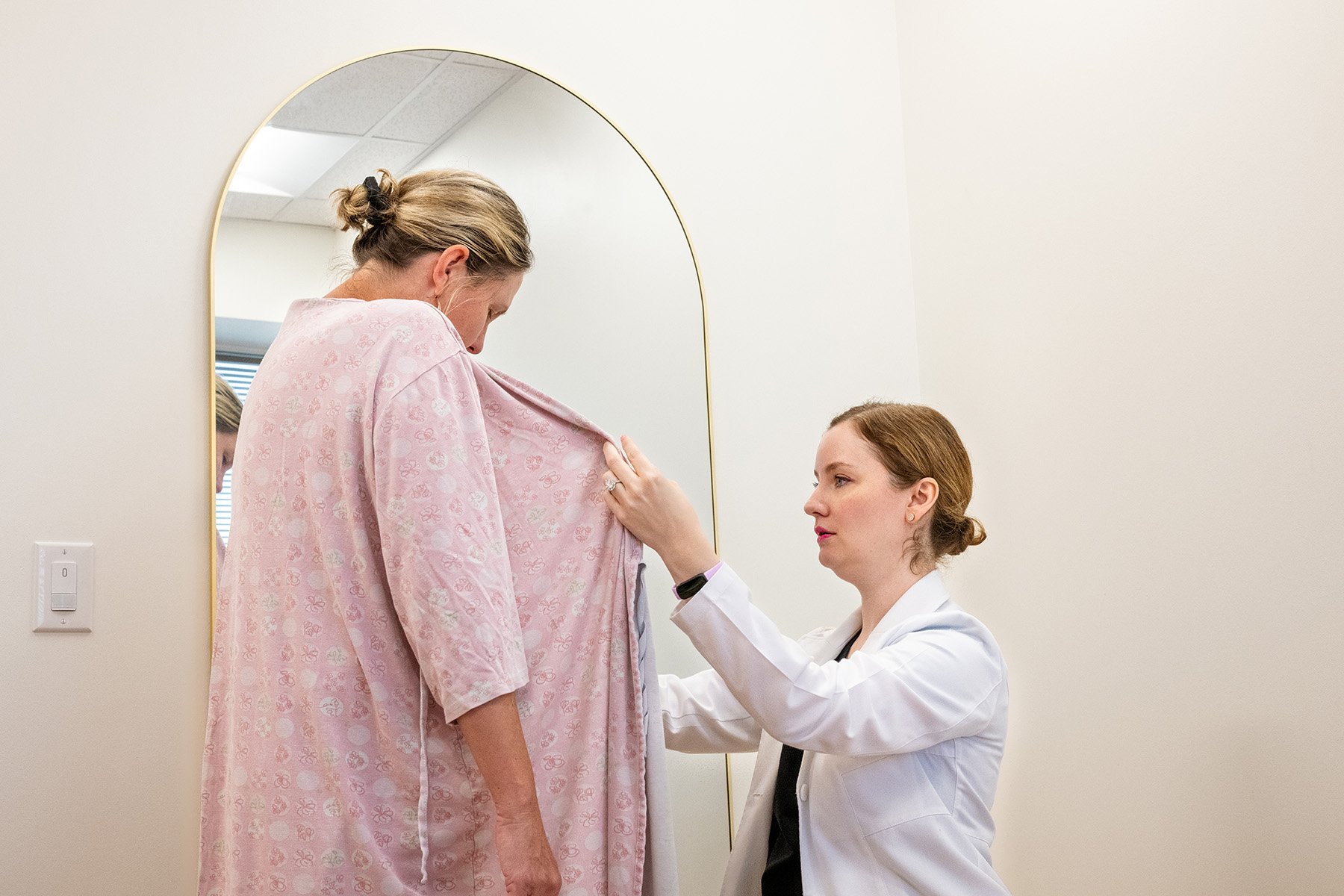
Vascularized Lymph Node Transfer (VLNT)
You Deserve Relief
You’ve lived long enough with swelling, pain, and daily discomfort. Let’s talk about what’s possible with real solutions, not just temporary fixes.
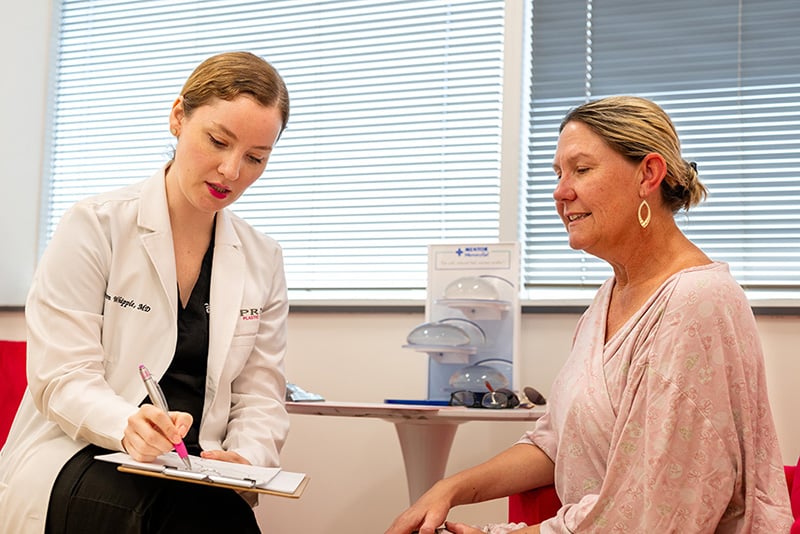
What Happens Next: A Clear Look at Your Care Path
Initial Consultation:
You’ll meet with a PRMA surgeon to review your symptoms and confirm if surgery is a good fit for your type of lymphedema.
Diagnostic Imaging
We’ll schedule an MRI and a lymphoscintigraphy scan to assess fluid buildup and lymphatic function.
Surgical Planning Visit:
You’ll return for a quick in-office ICG scan to visualize lymph flow and finalize the most effective surgical approach.
Surgery Day
Depending on your plan, you’ll undergo LVA or VLNT with our expert microsurgeons—either outpatient or with a short hospital stay.
Recovery & Rehabilitation:
Ongoing Support
We’ll monitor your progress with follow-ups at 3, 6, and 12 months to ensure lasting results and symptom relief.
.jpg?width=1032&height=1447&name=digital-consultation%20(1).jpg)
Meet Your Surgeons
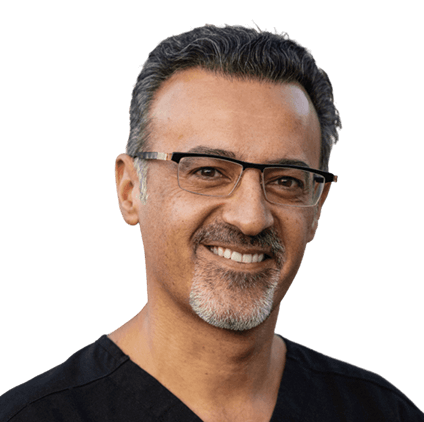
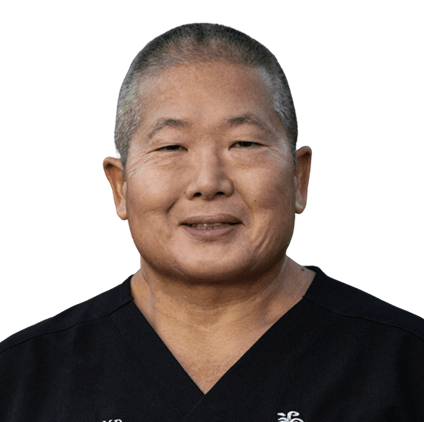


Where to Find Us
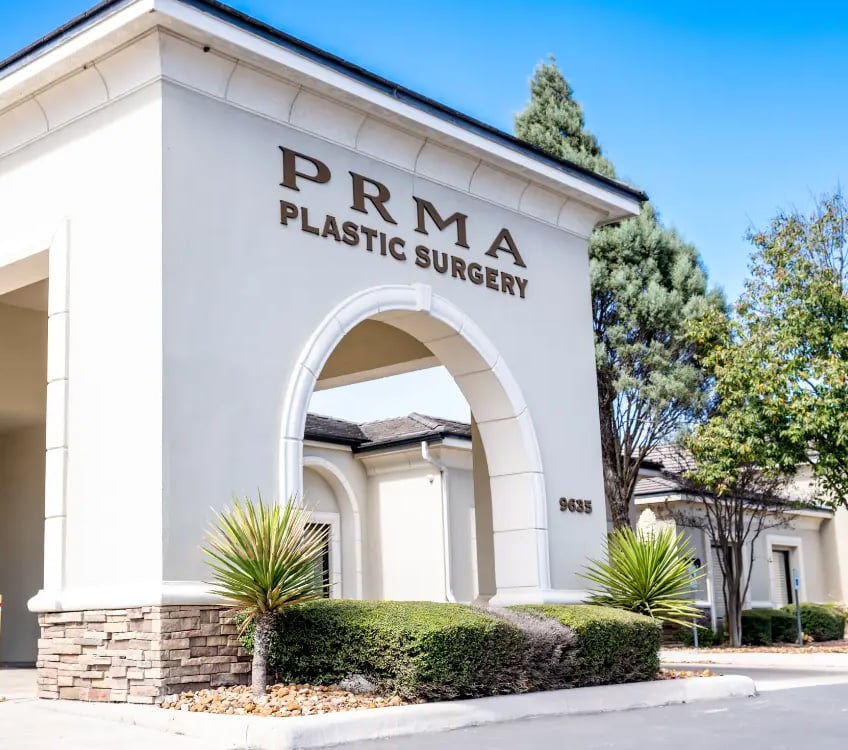
San Antonio, TX 78240
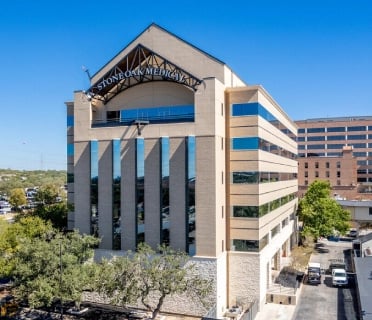
San Antonio, TX 78258
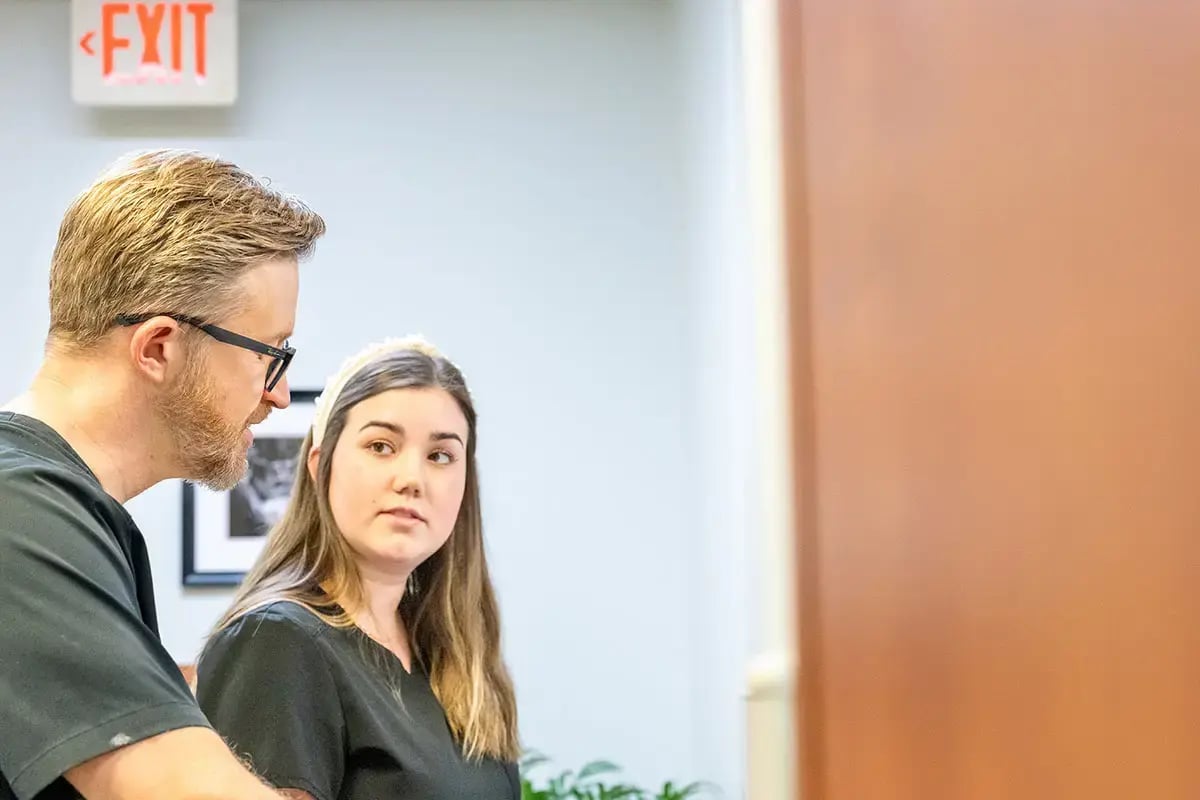
Your Journey Matters
At PRMA, we don’t just manage conditions—we help rebuild lives. Let’s explore your options together.
Referring a Patient?
PRMA proudly partners with breast surgeons, oncologists, and certified lymphedema therapists. We offer:
- Streamlined referral pathways
- Collaborative care models
- Microsurgical expertise you can trust